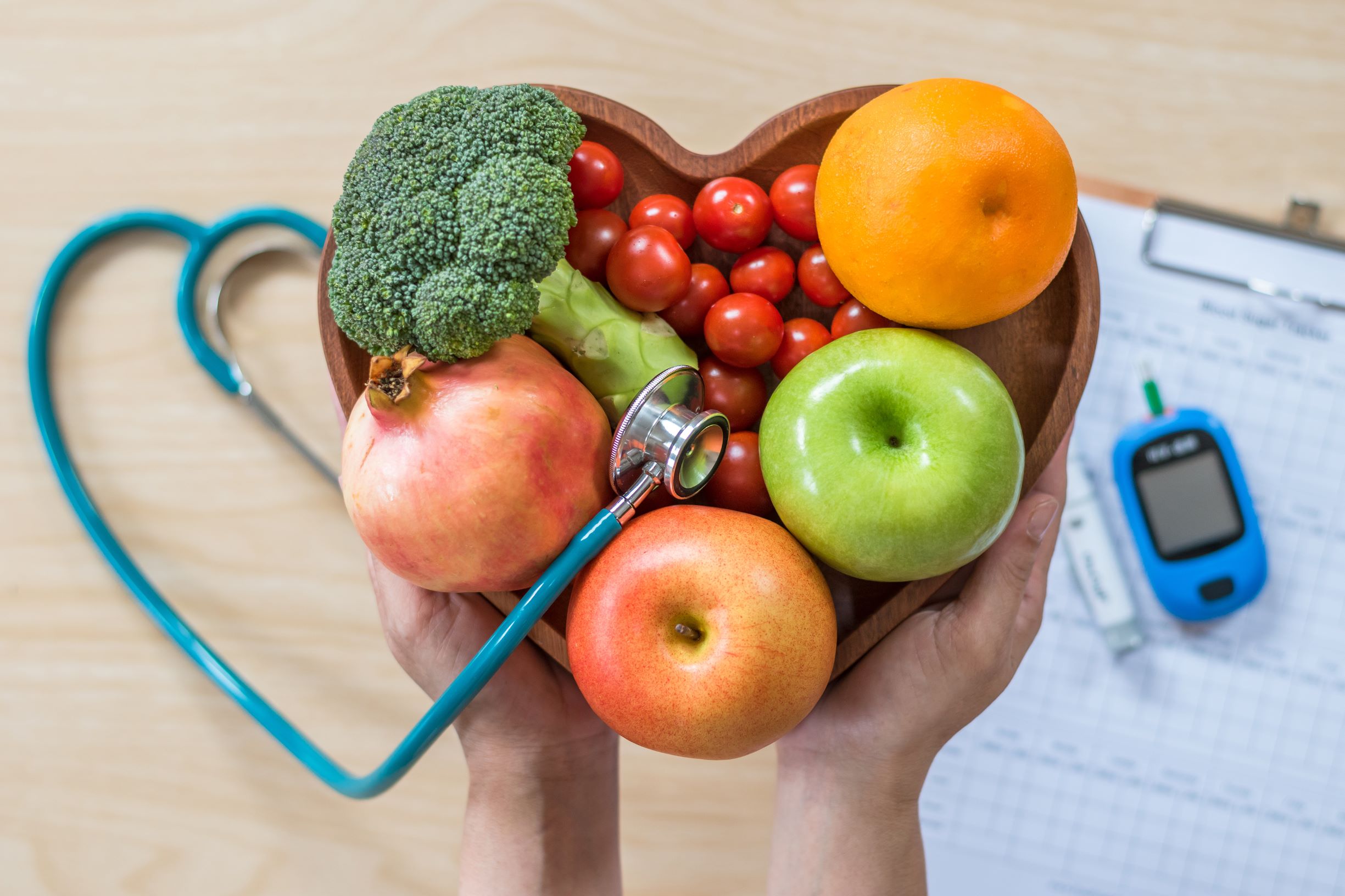The month of November is American Diabetes Month. Diabetes is a disease that occurs when the pancreas cannot produce enough insulin to lower the sugar levels in your bloodstream. If these sugars build up, they can cause serious health problems down the road. Currently, 30.3 million people in the United States have diabetes with type 2 diabetes being the most common. One out of ten Americans are living with diabetes, and one in four do not even know they have it. Therefore, being aware of the symptoms and risk factors for diabetes is crucial. Some of the symptoms of type 2 diabetes include: blurred vision, numbness in the hands or feet, sores that do not heal, unexplained weight loss, and increased thirst, urination, or hunger. However, these symptoms are not always present. The risk factors that increase your chances of developing type 2 diabetes are an age of 45 or older, a family history of type 2 diabetes, a weight status of overweight or obese, and a medical history of heart disease, stroke, or hypertension.
The health factors associated with type 2 diabetes are called the ABCs of diabetes:
- A1c: Your A1c is the average amount of sugar in your blood over the past 2-3 months. An A1c >5.7% indicates prediabetes, or a condition that puts you at a higher risk for developing diabetes. An A1c of >6.5% indicates diabetes.
- Blood pressure: Your blood pressure is a measurement of how blood flows through your veins. A blood pressure greater than 130/80 is high.
- Cholesterol: Your cholesterol is split into two categories: HDL, which is good cholesterol, and LDL, which is bad cholesterol. A value over 100 for LDL means high cholesterol. This can be from an unhealthy diet, not enough exercise, or smoking.
Be sure to discuss your A1c, blood pressure, and cholesterol with you doctor to take the appropriate measures.
If you have multiple risk factors, have prediabetes, or have diabetes, it is important to properly manage your conditions to avoid health complications. Following a healthful, balanced diet with portioned carbohydrates and sugars will help keep your diabetes in check. Carbohydrates are one of the three main energy sources in food. The other two sources are protein and fat. Some sources of carbohydrates include: bread, pasta, rice, starchy vegetables, fruits, milk, and yogurt. Carbohydrates are transformed into glucose when digested and exist in your blood stream as blood sugar. When planning meals at home, try to portion out the carbohydrate foods you eat. A rule of thumb is to make 25% of your plate carbohydrates such as corn, sweet potatoes, rice, pasta, or tortillas. Another 25% of your plate should be lean protein such as beans, fish, eggs, chicken, or turkey, and the remaining 50% should be non-starchy vegetables such a: carrots, cabbage, broccoli, tomatoes, peppers, or collard greens. Along with keeping a balanced diet, those at risk or those with diabetes should also try to exercise at least three times per week, take prescribed medications, maintain a healthy weight, and check blood sugars as directed by their doctor.

Cauliflower Rice
Ingredients:
1 large head cauliflower, separated in to florets
3 tbsp. olive oil
1 medium onion, diced
Dash of salt
2 tbsp. fresh parsley
Juice of ½ lemon
Directions:
- Break up the cauliflower florets and pulse in a food processor until the mixture resembles a crumble.
- Heat oil in a large skillet.
- Add the onions and stir.
- Cook onions for about 8 minutes, until golden brown.
- Add cauliflower to skillet and stir.
- Add 1 tsp. salt and stir frequently.
- Cook for about 3-5 minutes until cauliflower is softened.
- Remove from skillet.
- Spoon cauliflower mixture into a large bowl.
- Garnish with parsley and lemon juice.
- Add salt to taste.
- Enjoy!
